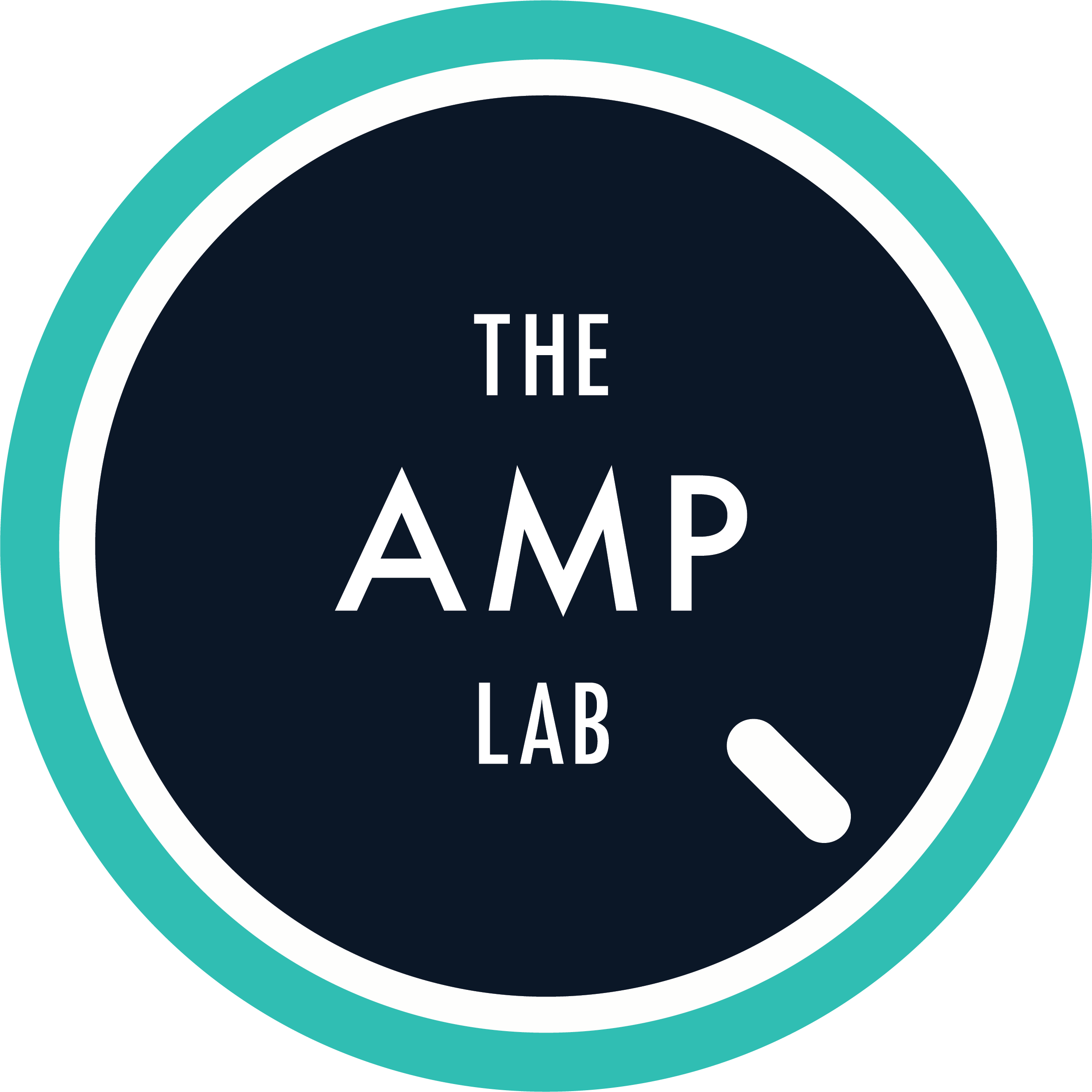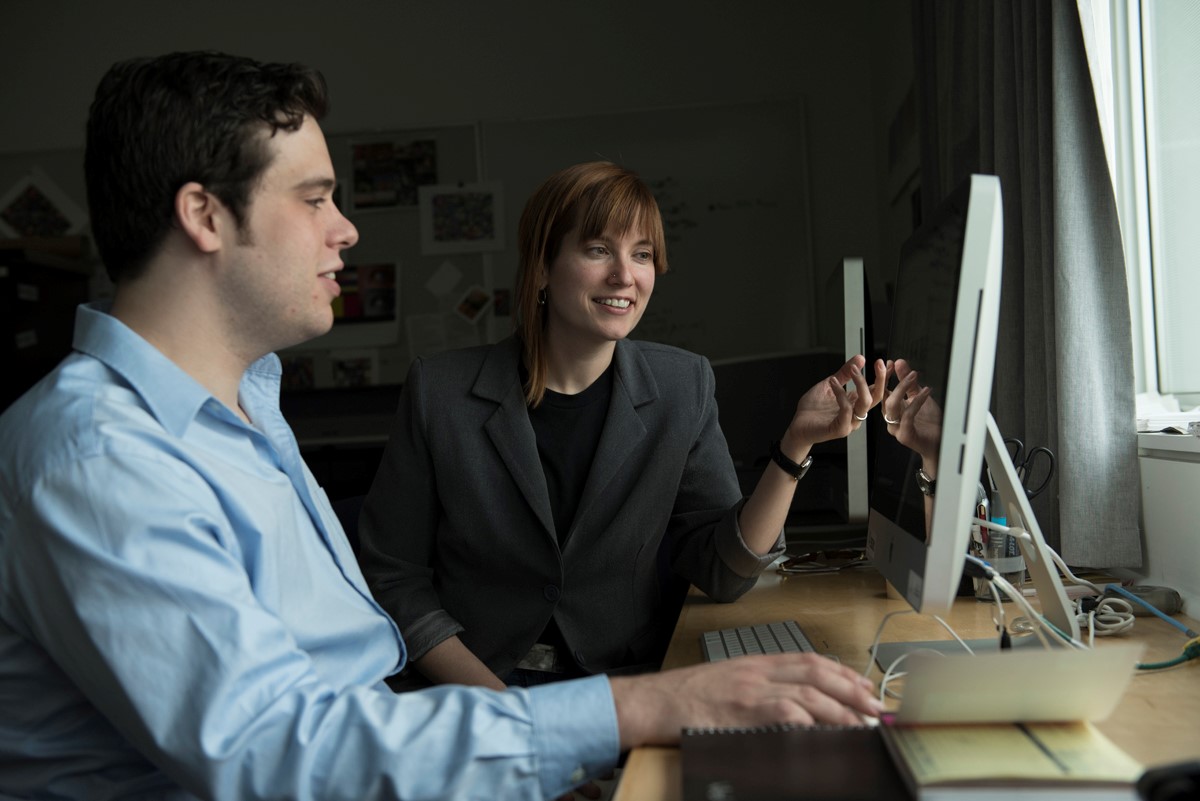In 2014, I first became associated with the earliest iteration of what would become the AMP Lab when I was a student of Dr. Karis Shearer’s. I was doing my undergraduate degree in English and Creative Writing, and I applied for an RAship. I remember not completely understanding what an RAship was or why they might pay me to study Canadian poetry, but the prospect was exciting, especially as a student from a working-class background who worked full-time through my whole undergrad. I was finally going to make those big poetry bucks I had heard so much about.
The interviews came down to me and one other candidate. I did well, but I wasn’t selected for the job. However, Dr. Shearer noted she was impressed with my application and was able to create a smaller position for me on the project. Within the year, the other person had moved on to new things and I was the sole RA on what was then called the Poetry Okanagan Sound Archive (POSA). The project was housed in The Spark Lab, a small digital humanities lab – the proof-of-concept for what would eventually become the Humanities Data Lab — in the bottom of the FCCS building that shared space with the print lab. A few other RAs and I regularly worked while a large printer waved, rolled, and sounded in the background. It was our home away from home.
This position marked a shift in my academic trajectory. It was the first real success I had had outside of grades in a classroom. It gave me confidence, taught me pragmatic research skills, and allowed me to learn about the then nascent field of digital humanities through practice. I worked on POSA for a year while finishing my undergraduate degree and was eventually awarded an Undergraduate Research Award to extend my work on POSA through the summer and create a biographical study of former UBC professor, Warren Tallman. I travelled to SFU and engaged the Contemporary Literature Collection at Special Collections, taking hundreds of pictures of letters, photos, and other artifacts from the Tallman fonds. This trip taught me lessons about the archival and literary scholarship process and forged connections with the archivists there that would be renewed when I eventually went to SFU for my PhD. My first day there, I took pictures for 4 hours, only to realize at lunch that I hadn’t included the identifying information in each picture. I redid them in 3.5 hours after lunch, took photos correctly the rest of the trip, and had a celebratory orange, wheat beer on an outdoor patio before beginning the long, Greyhound journey home.
I moved onto my Master’s in 2015, working with Dr. Shearer to create a fictional historiography of the TISH poets, work which came directly our of my work on POSA and my URA. While my tenure on POSA ended that year, I eventually was hired to work on another research project. Dr. Constance Crompton and Dr. Shearer, along with Dr. Keshani, were awarded a CFI to create a larger more robust humanities research space, and the Humanities Data Lab was born. Dr. Crompton hired me to be an RA on the Devonshire Manuscript Project and eventually the Lesbian and Gay Liberation in Canada (LGLC) Project. Finally, I was hired by Dr. Francisco Pena to work his Confluence of Religious Cultures in Medieval Historiography project on creating a digital edition of the General e Grand Estoria.
A blog post of this size likely cannot do justice to the sheer amount of skills, knowledge, and opportunities were afforded to me through my time working on these four different research projects in what in 2017 became the AMP Lab. But I will attempt to summarize it anyway. Firstly, the lab gave me a constant place to work on campus. This provided me a home base: a place to connect with other RAs and forge friendships, and heat up my food in the microwave or, occasionally, nap on the AMP Lab couch. In my tenure across the projects, I presented at 5 different conferences, including twice at DHSI, where I also received valuable training in project management, sound editing, and more. I learned about and input metadata. So. Much. Metadata. I rode a plane for the first time (never had the money nor a reason to before) and developed affiliations with academic groups such as INKE and, eventually, SpokenWeb. I met future colleagues, collaborators, and fellow poets and writers with whom I share friendships to this day. I developed digital skills about all the acronyms (such as TEI, GitHub, RDFa, HTML, CSS, and XSLT, to name a few) as well as print-based literary and historiographic skills. My work saw me engage in daily debate and conversation with my fellow RAs, as well as participate in many new (to me, then) acts of scholarly discourse such as interviews, round tables, blog posts, and eventually publications. I’m sure I’m missing a few things that I forgot to collect on my CV (like all the bands Seamus showed me) but you get the idea.
Now, I will not summarize my whole career for you (you can wait for the memoir), but these experiences, not to mention the guidance of Drs. Crompton and Shearer, were instrumental in my getting into, and receiving a generous funding package (that included the Dean’s Entrance Scholarship) from, the SFU PhD program in English. My years of working on large-scale research projects made me an ideal candidate to work on the SpokenWeb project, which began its first year at SFU alongside me in 2018. Fast forward to 2025 and my journey has come full circle. I am currently a sessional lecturer at UBC Okanagan and have returned to the AMP Lab as SpokenWeb Research Coordinator. We recently celebrated the 10-year anniversary of the AMP Lab in the same room I did so much growing, and learning, and making in. I walked by what used to be the Spark Lab the other day. It looks so tiny—I’m not sure how all of us fit. But I don’t think I would be where I am today had I not been lucky enough to get an RAship to work in the corner of that little room all those years ago. Who says you can’t go home?


These photos are from 2025 and 2015, featuring myself 10 years apart, along with Dr. Crompton and Dr. Shearer. Photo credits go to Karis Shearer and Shauna Oddleifson.

